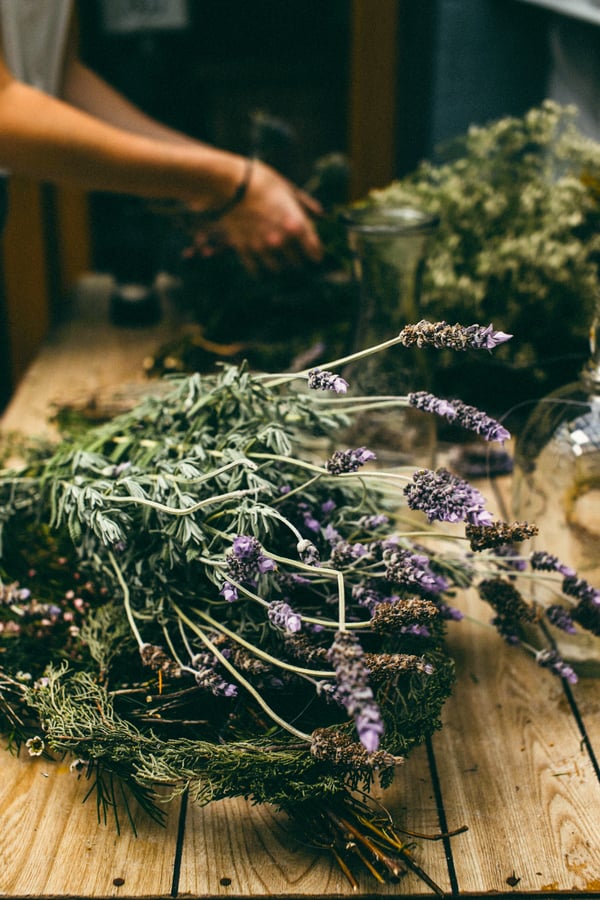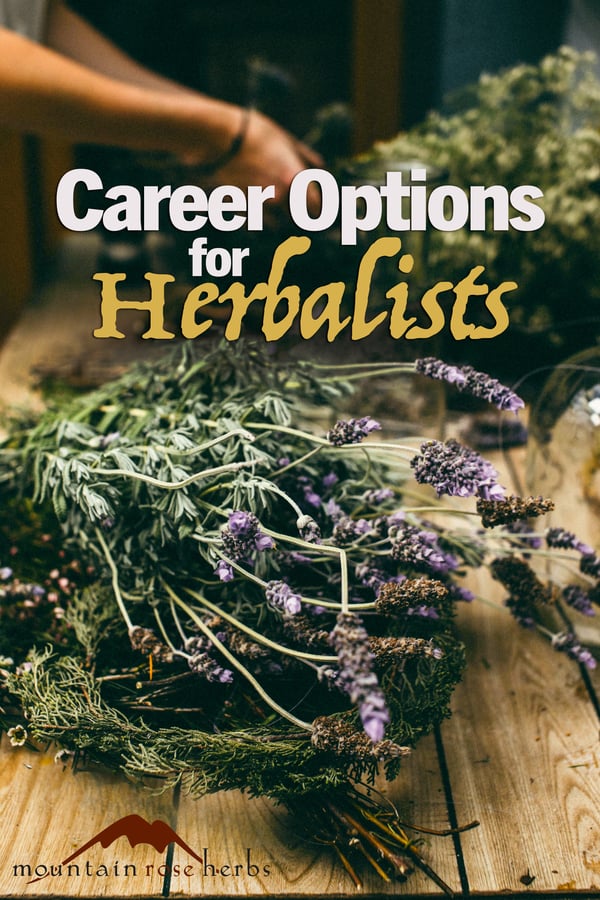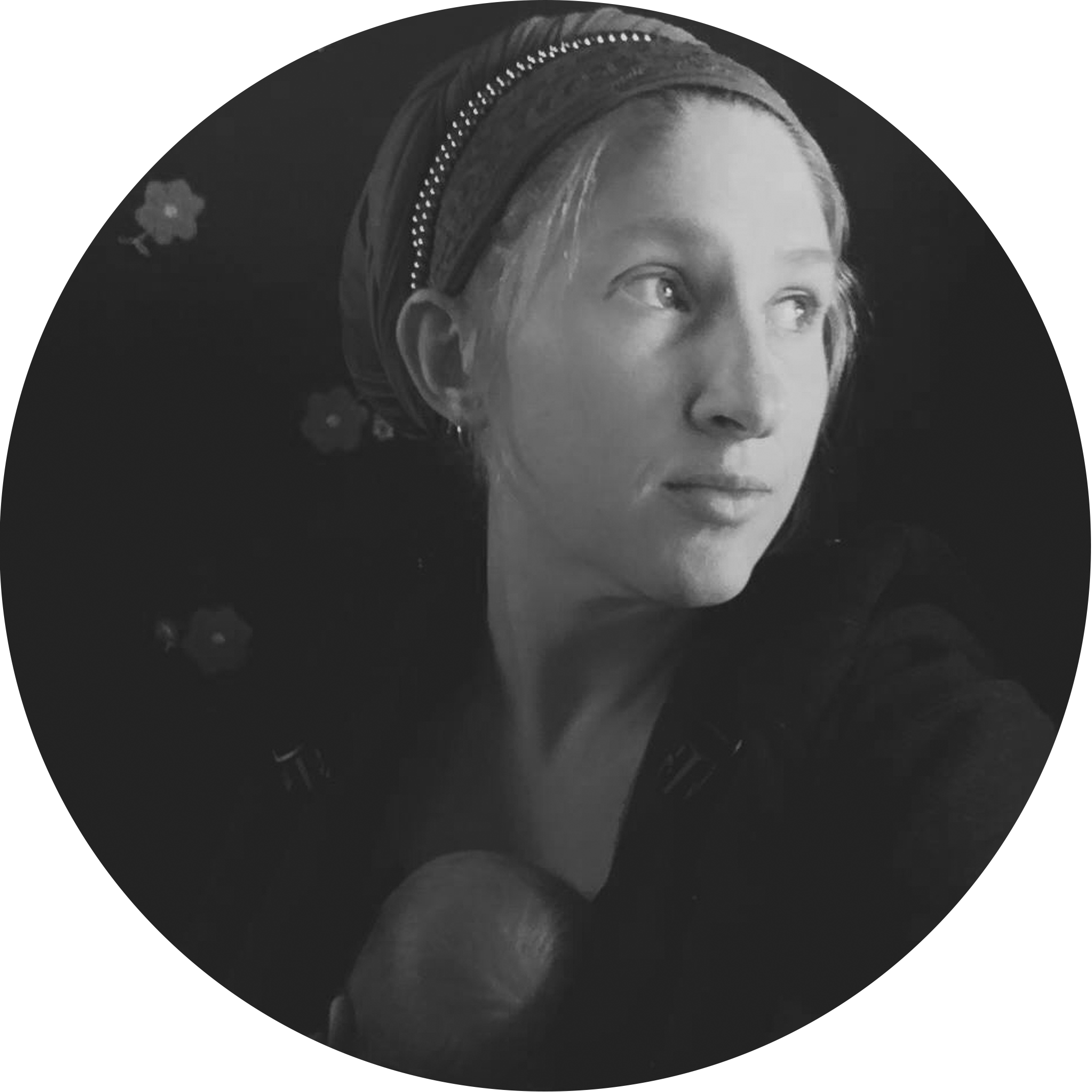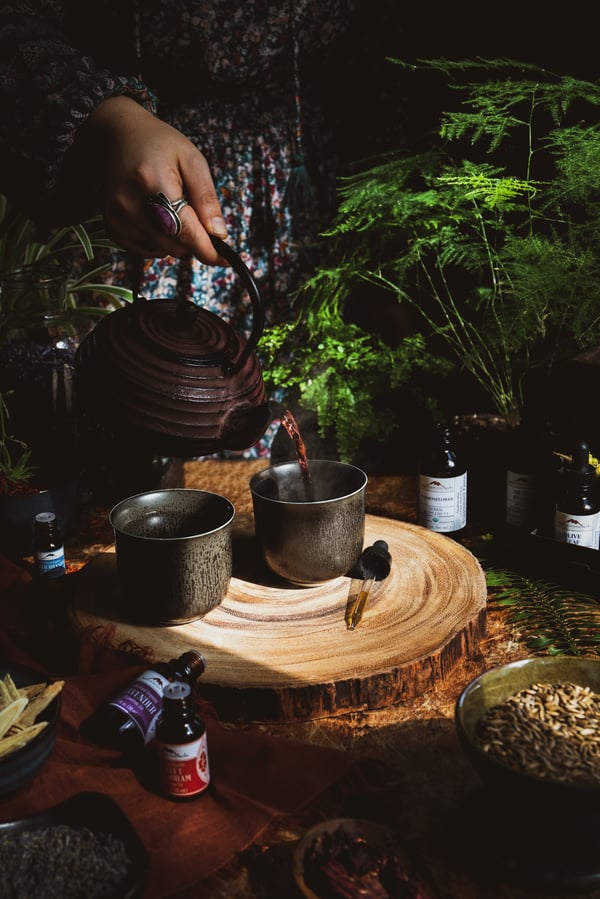
The first time I ever helped someone’s sleeplessness and stress with a simple tisane blend, I felt such a strong sense of familiarity, rightness, and resonance that I knew that something in my life had irrevocably changed. Stepping from curiosity into active involvement in herbalism was a form of initiation for me, a door opening into a world I’d always wanted to be a part of, but wasn’t sure I was good enough for. This transition also shifted my role in my community, and I became a person that others came to for help, advice, support, and information much more often than previously.
Now that I have witnessed and helped so many others through the same portal, this moment of transformation is something I think of as the taking on of the green mantle. I imagine it like the fairy shawl of Manx folklore, woven of living flowers, moss, and mushrooms that rests upon the shoulders of all who follow this path of devotion to the healing powers of the green world. When I meet someone with a deep connection to the plants, it almost seems as if I can see that mantle on them, and it never fails to remind me of the importance of connection and relationship in herbalism.
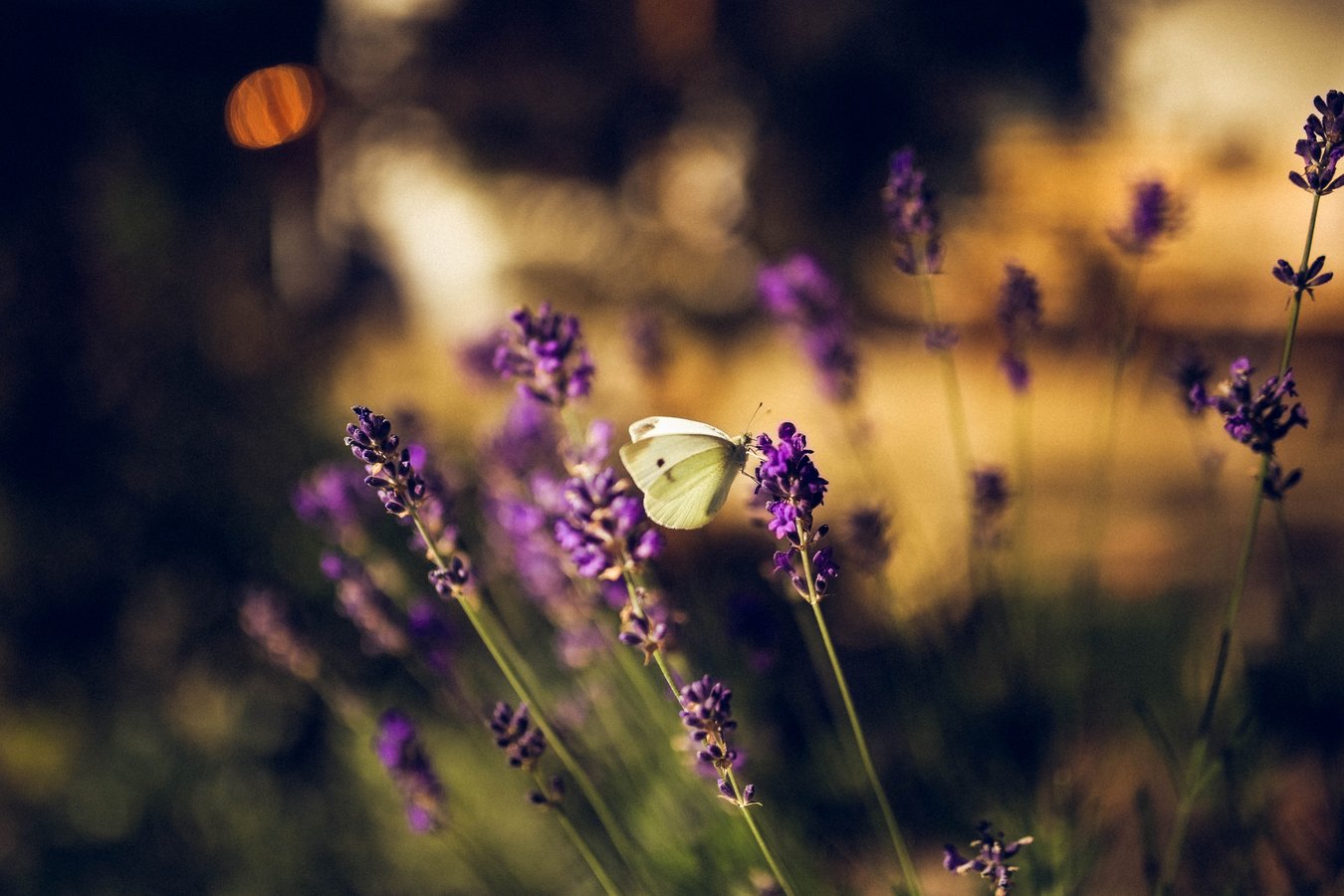
Sometimes being an herbalist is presented as being a health expert similar to being a doctor. That’s true for some clinicians, and of course, many doctors are also herbalists! It’s equally true, however, that being an herbalist can be as simple as working with plants in a healing way, and in no way requires you to be an expert with a degree, diploma, certification, or any other official validation. Different people will have different goals, experiences, and needs that form their relationship to herbalism. What’s most important is to form our education and practice to those unique differences rather than getting swept up in a template approach to healing and herbs.
For me, herbalism is one part of pragmatism, in which I practice herbalism in order to take care of friends, family, and myself to the highest degree possible, and also to be able to teach other people to take better care of themselves and those they love. The other part is born purely of my passion for the plants, and my obsessive fascination with the effects they have on the body. I try to keep these two parts fairly balanced, making sure I can apply what I’m learning in a way that has tangible benefits but also focusing on a type of herbalism and healing that is satisfying to my whole self and allows me to experience my plant love on a daily basis.
When we first start on our herbal path, it can be best to simply follow our interests and pursue the parts that most call to us at that time based on what’s coming up in our lives. Later on, if and when things become more overwhelming or confusing, it can be good to step back and mindfully assess what roles we most enjoy and can practically support. There are a great many aspects to herbalism, and we don’t each need to be responsible for all the things. In this way, we can make choices about what we invest our time, energy, and other resources into. An herbalist has historically had several different social and cultural roles, and that’s more true now than ever.
Faces of the Green: Herbal Archetypes & Roles
Here are a few ways to think about the many forms the green mantle can take. These are just some of the archetypes that tend to come up frequently in my community, many of which I have experience in personally, but there are many more shapes and forms possible. Don’t let what is common keep you from finding your own path and creating a new role or recreating an old one!
Village Wisefolk
This is the approach that brought me to herbalism initially, in part due to my exposure to curanderismo growing up. To be a community’s wise person with an affinity for plants is a very multifaceted role in and of itself, often encompassing clinician, counselor, spiritual advisor, mentor, gardener, and much more! It’s difficult to even define this archetype because it can take so many shapes depending on culture, location, land, community needs, etc., but it is an archetype that occurs almost everywhere and is always needed. In fact, many of the other archetypes could easily nest inside this overarching one. This idea of the village herbalist and wise woman/folk has certainly been the inspiration for countless herbalists that I’ve met in my time in herbalism.
Clinician
From MD., to ND, to RN, to bodyworker, to Certified Herbalist, to any herbalist who runs a clinical practice, the range of this archetype is huge but does indicate a healthcare skillset and role. This tends to be a very people-oriented approach to herbalism, sometimes with high pressure (and often also high rewards) to match people and plants in a clinical setting. Clinical work provides invaluable experience for those wanting to focus on practically applying the healing actions of the plants. So much wisdom and knowledge has sprung out of this work and so many folks need this care. I have worked clinically off and on for almost two decades, and I love helping people in such a direct way, but I also find it tiring enough that I have to limit how much time and energy I invest into it. There will be a different balance for each of us!
Green Counselor
Some plant healers find themselves primarily in the role of providing wisdom and insights to their community with the aid of plant spirit medicine and magic. Sometimes it is this mediation between plants and people that is most needed for deep and lasting healing, and those with a profound connection to the green world are some of our most valuable healers! Green counselors don’t necessarily need to treat physical issues with large doses of herbs, they may primarily provide emotional and energetic assistance through flower essences, counsel, or mentoring.
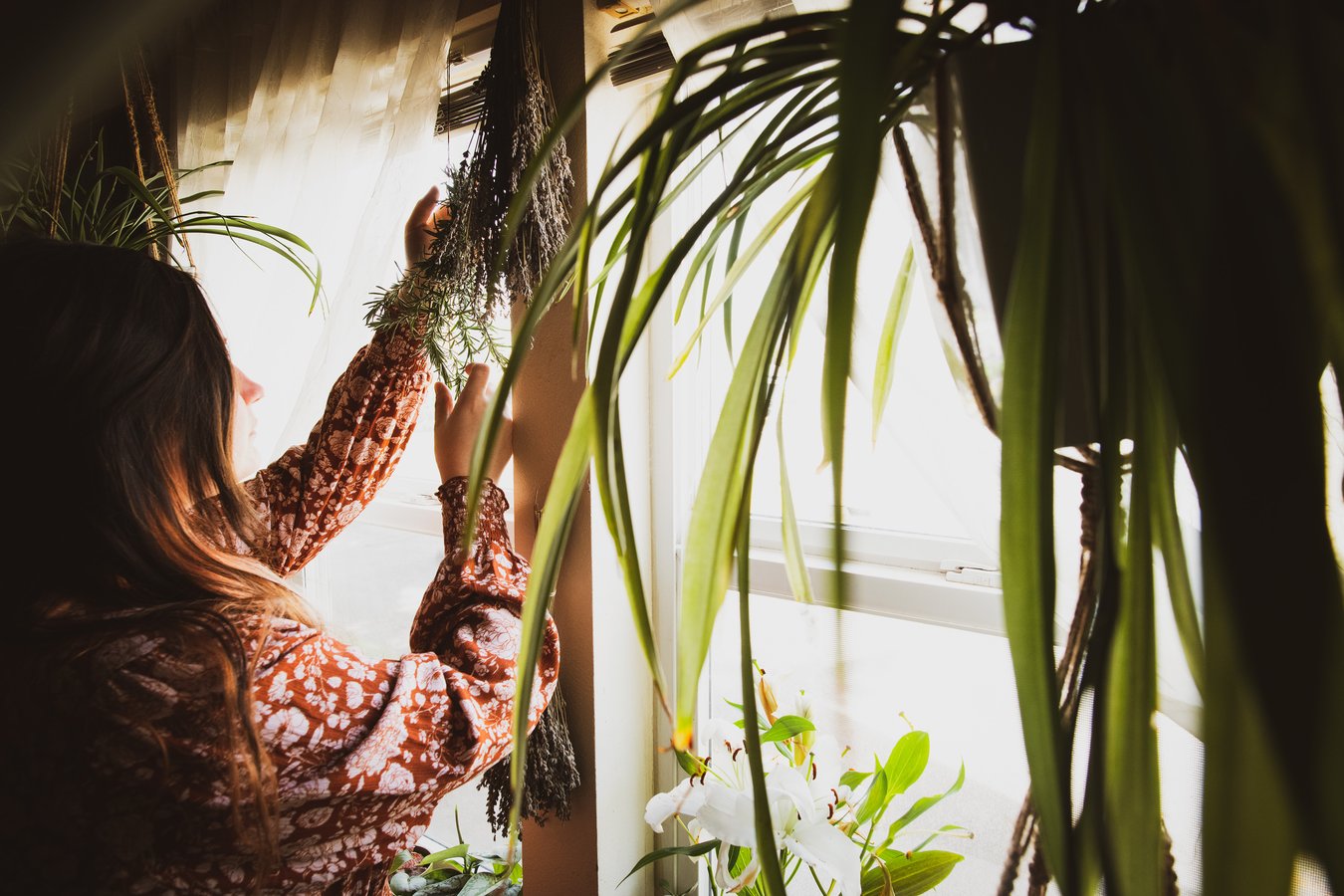
Gardener/Farmer
Growing the plants is an amazing and immersive way of facilitating healing with herbs! Herbalists who have the urge to cultivate the plants and to help provide them to those who need them are a huge blessing to all of us and help to protect botanicals in the wild from being overharvested or exploited in other ways.
Wildcrafter
Foraging and wildcrafting have become very popular in the last decade or so, which means that the wise harvester has never been more needed. Wildcrafters who are respectful and take care to leave no impact or to have a positive impact on the land are great teachers to all of us and provide an example for everyone in the field.
Plant Advocate/Rewilder
Many herbalists are outspoken advocates of the green world, and some will choose to spend the majority of their energy and time in this facet of plant healing. This can take the shape of activism, educator, mentor, or living through example. These guardians of the green are deeply needed and vitally important at this pivotal point in time! This work can take the shape of direct action activism to preserve threatened habitat, communicating with policy makers about laws that impact plants and their habitat, conservation through stewarding at risk-land or species, and much more. As an example, think of United Plant Savers or other organizations and individuals who work to preserve floristic biodiversity. Joe Hollis of Mountain Gardens in North Carolina is another illustration of what it might look like to live an example of protecting and cultivating plant diversity.
Storyteller
Authors, musicians, folklorists, and storytellers of every kind are yet another way of offering herbal healing to others and keeping the magic of the green world alive in the minds and hearts of humans. While I have often written about my clinical work, it is this aspect of the green mantle that I have invested the most of myself into. Keeping the mythic elements of the plants present and growing inspires more people to both participate in healing and also to protect the plants and land.
Want to bring more herbalism into your life?
Learn How to Create Your Own Home Apothecary
You may also be interested in:
How to Find a Qualified Herbal Practitioner
A Guide to Herbal Actions
The Importance of Labeling in You Herbalism Practice

